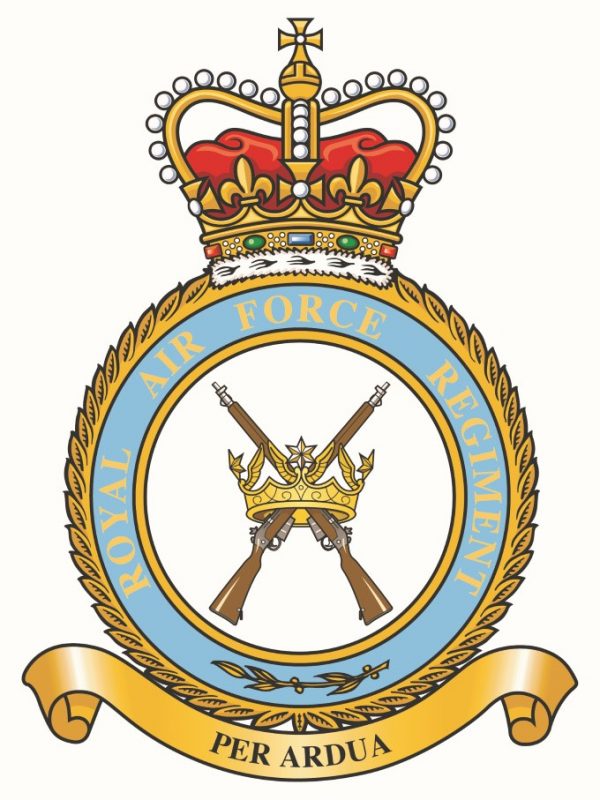80th Anniversary
………THE START OF THE BEGINNING………
OF THE FORMATION OF THE ROYAL AIR FORCE REGIMENT
The Battle of Crete 20 May – 1 June 1941
The event
It is still not clear as to whether the diversion of German troops to Crete ultimately doomed the invasion of Russia.
It postponed the invasion long enough to expose unprepared German troops to the worst Russian winter in years.
Fallschirmjager (Paratrooper)
They had been used in smaller operations in the sweeps through Norway and Western Europe. They were also used in Greece to take the bridge across the Corinth Canal. While the achieved their objective, the retreating allies were able to damage the bridge enough to slow the advance into the Peloponnese; which bought enough time to evacuate over 40,000 allied troops.
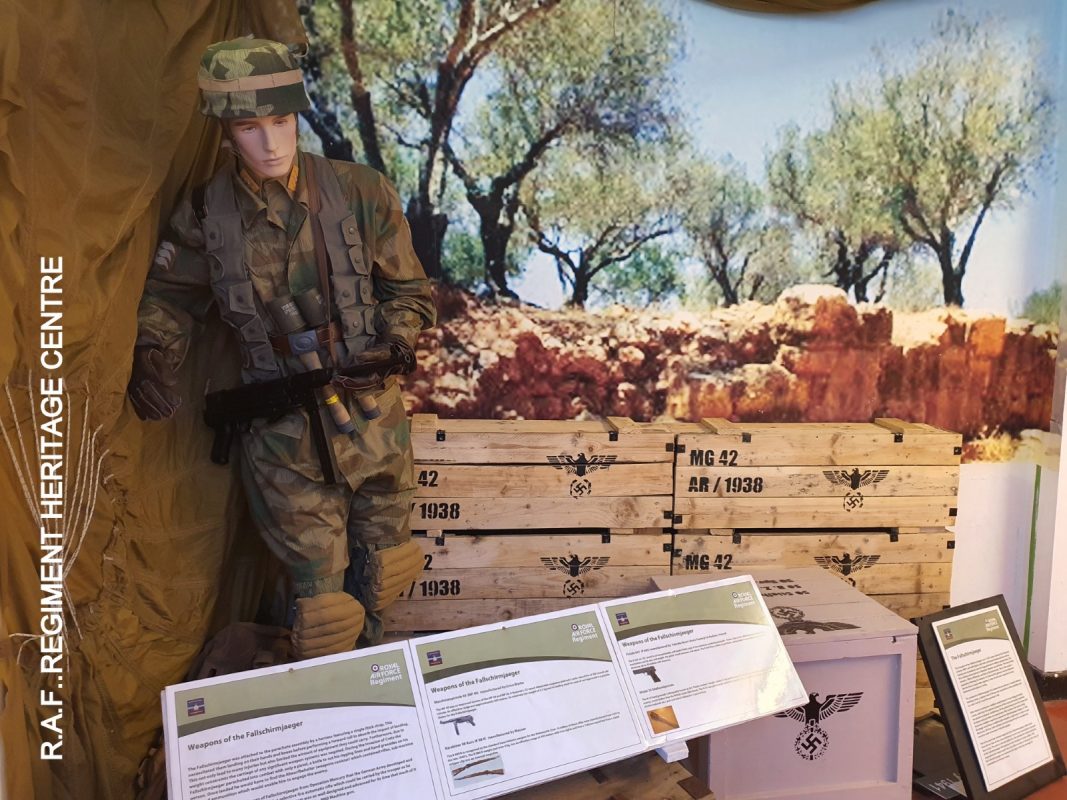
Fortification
Crete was the last allied Fortification in Europe. Hitler wanted the island, against the advice of his generals, as Crete was within bomber range of key Axis targets.
The Prime Minister, Winston Churchill, against the advice of his commanders, wanted to make a stand in Crete rather than evacuate all forces to North Africa.
Strategies
The Germans had controlled of the air, as the British had withdrawn the eight fighters.
The Royal Navy controlled the sea, so a seaborne invasion was too risky. So, the Germans had to go for the unconventional option of an airborne invasion of the island.
The German air force (Luftwaffe) had just conceded defeat in the Battle of Britain and it needed a successful campaign elsewhere to save face. Crete offered that opportunity.
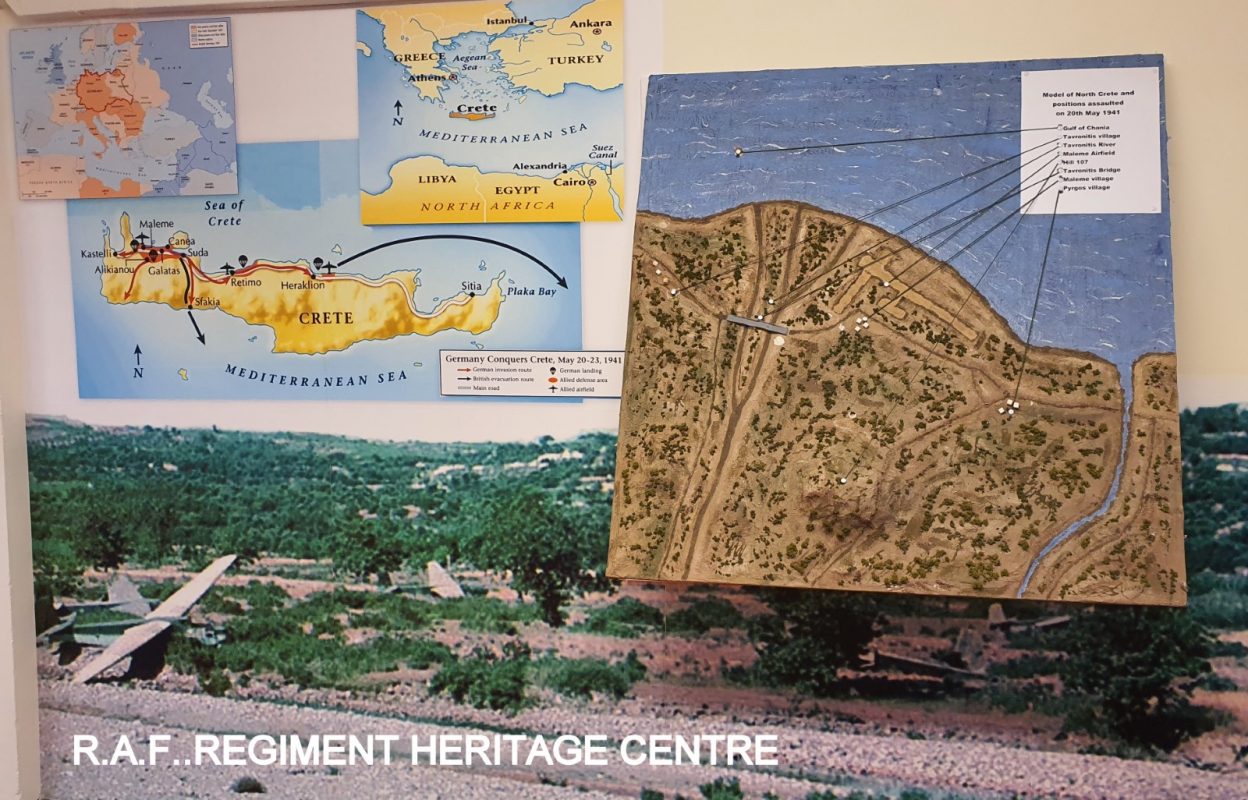
German strength
Luftwaffe used 280 long range bombers,
150 dive bombers,
180 fighters and fighter bombers,
40 reconnaissance aircraft.
530 transport aircraft to carry the paratroopers and tow 100 gliders.
22,000 highly trained paratroopers to the invasion.
Strong Intelligence
German military intelligence organisation thought there were would be only 5,000 British troops on the island and no Greek forces.
The reality was very different:
There were 10,200 Greeks, & NBSP;
15,000 Britons,
7,750 New Zealanders,
6,500 Australians
Aftermath
Although the operation had been a success it really was a shallow victory as they suffered high casualties. Hitler was never again to use airborne forces on such a scale.
To guard against British airfields falling to German-paratroopers as Maleme in Crete had, Winston Churchill demanded that RAF Airmen should be trained and equipped to defend themselves against ground attack. In a condemning memo to the Secretary of State for Air and to the Chief of the Air Staff;
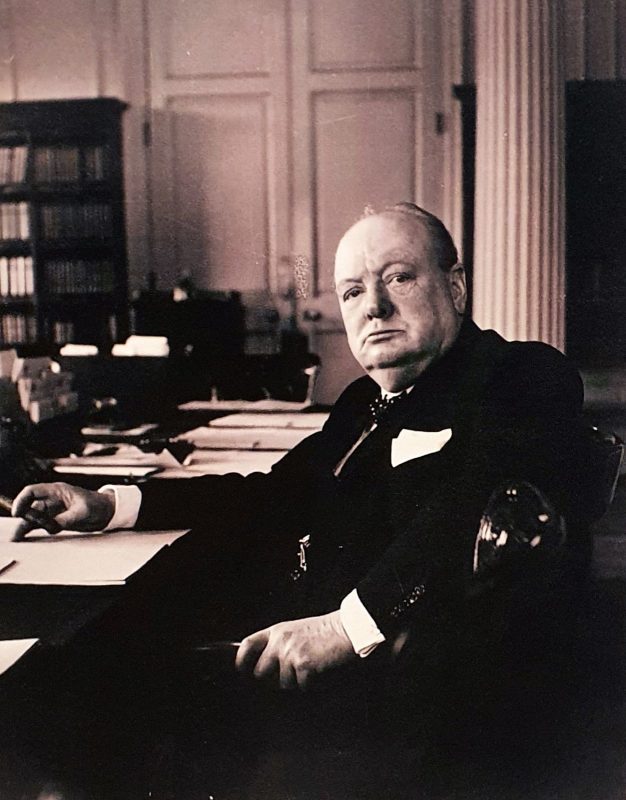
“Churchill stated he would no longer tolerate the shortcomings of the Royal Air Force, in which half a million RAF personnel had no combat role. He ordered that all airmen be armed and ready to “fight and die in defence of their airfields” and that “every airfield should be a stronghold of fighting air-ground men, and not the abode of uniformed civilians in the prime of life protected by detachments of soldiers”.
The Grand Alliance; The Second World War, Vol 3 p693 Rosetta books. Dated 29 June 1941
A Ministry of Defence Committee was established to find a solution to the problem of Air Defence. Amongst the measures implemented were improvised Armoured Cars and Pillboxes facing inwards towards the runways.
However, rather than training all Airmen as infantry on the German model. It recommended the creation of a ‘Royal Air Force Aerodrome Defence Corps’ giving RAF Commanders control over the defence of their own assets;
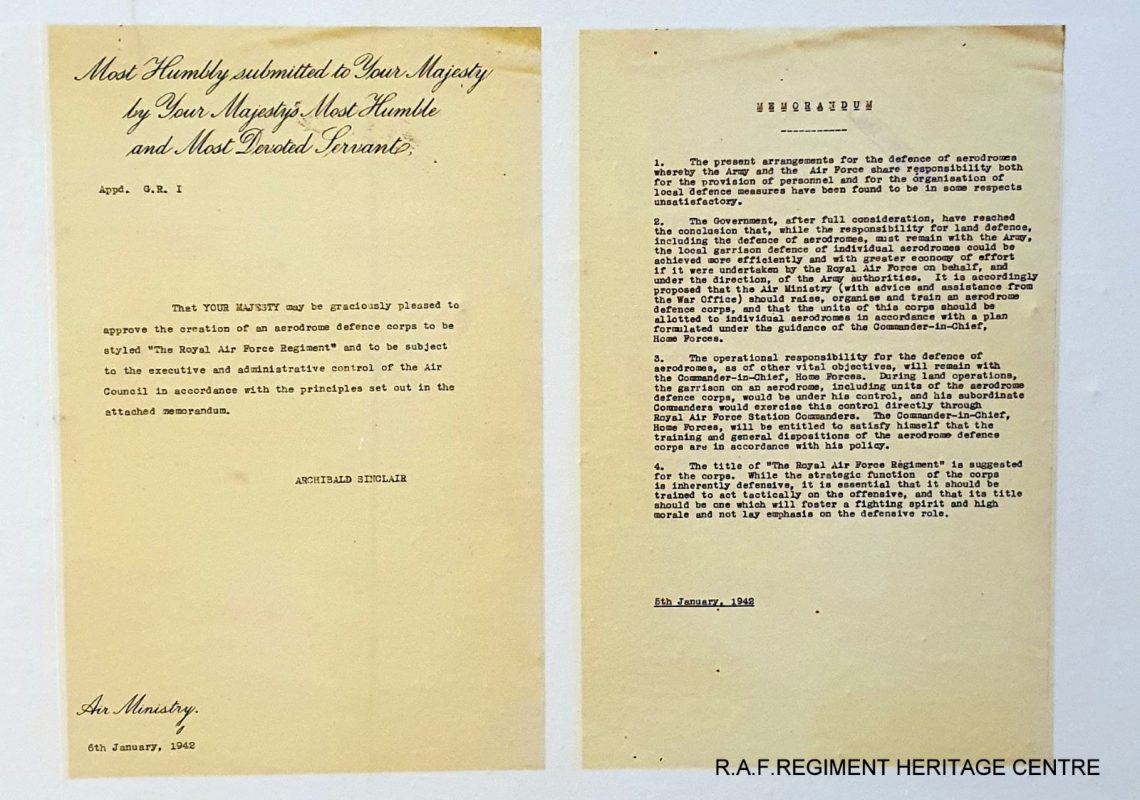
The RAF Regiment was formed.
The new Corps was established by Royal Warrant dated the 1st February 1942 and given the title Royal Air Force Regiment’ and the motto “Per Ardua” translated “Through Adversity.
It was given a distinguishing badge of crossed No 4 Lee Enfield rifles
encircled by an Astral Crown.
